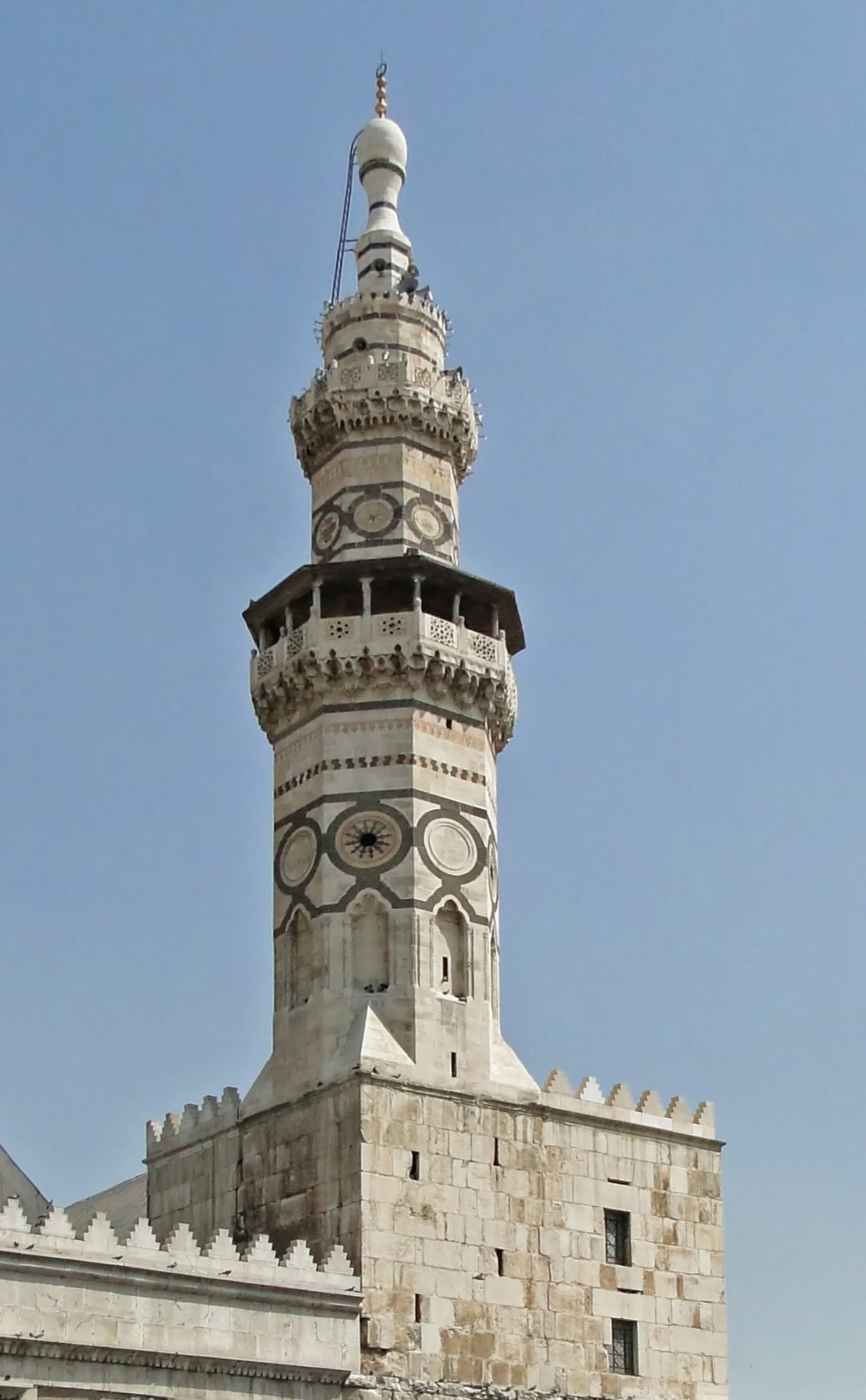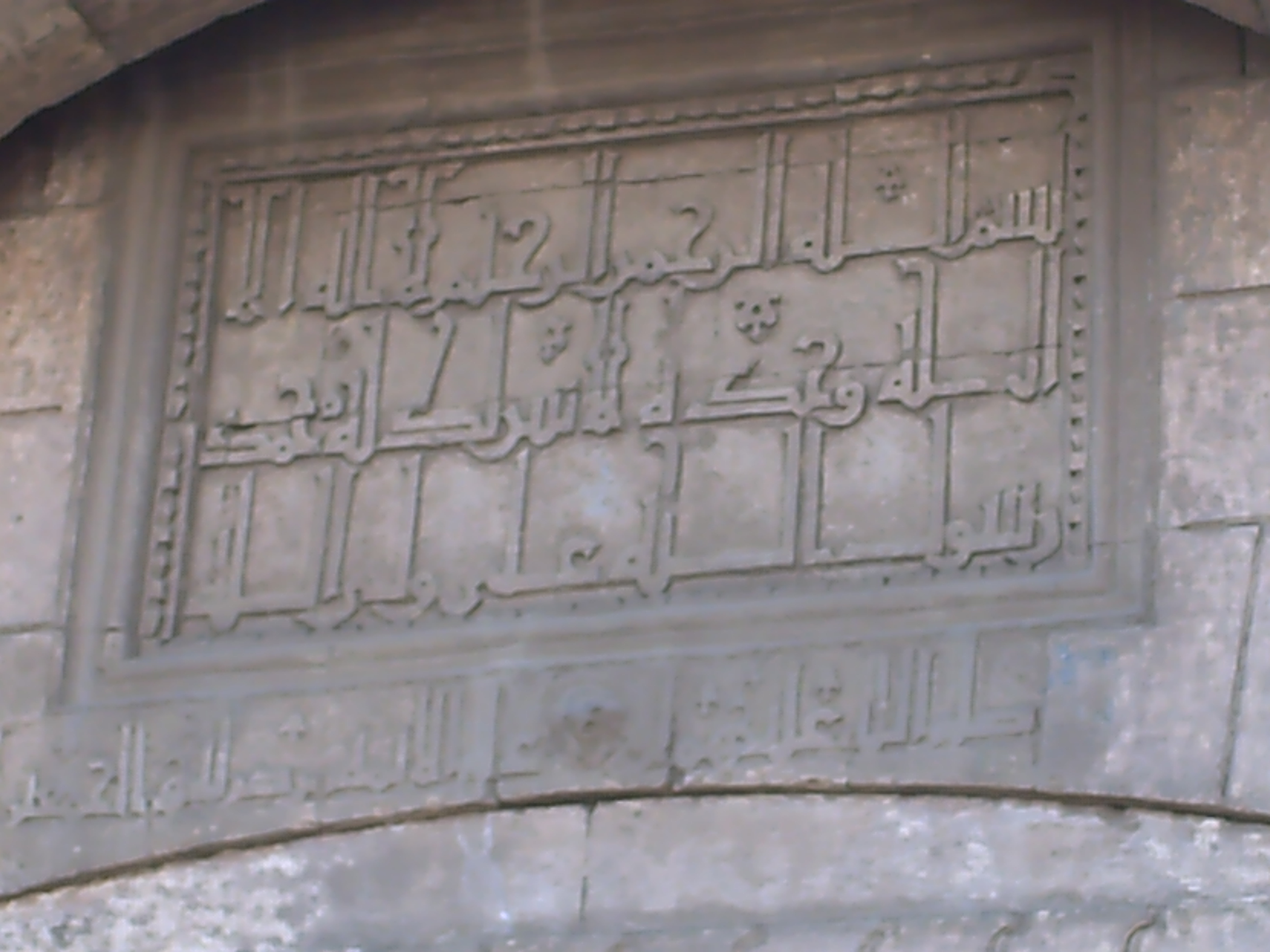|
São Clemente (Loulé)
São Clemente is a Portuguese civil parish (''freguesia'') in the municipality of Loulé. The church of St. Clemente (Portuguese: Igreja Matriz de São Clemente) is the oldest and most important church in Loulé. It dates back to the second half of the 13th century and was built on the site of a former mosque The Church built in Gothic style consists of three naves, divided by Gothic arches supported by narrow columns. In the 16th century, several side chapels were added and five altarpieces were built. Located across the church is Jardim dos Amuados which is an old Arab Muslim cemetery. The St. Clemente Church bell tower is the oldest part of the church. It dates to the period of Muslim Moor rule in Portugal. It was the original minaret of a former mosque and used for issuing the Islamic call to prayer (Adhaan) five times a day for faithful to come to the mosque for congregation. It is one of the very few remaining Moorish minarets and mosque structures in Portugal. On 20 June 1 ... [...More Info...] [...Related Items...] OR: [Wikipedia] [Google] [Baidu] |
Portugal
Portugal, officially the Portuguese Republic, In recognized minority languages of Portugal: :* mwl, República Pertuesa is a country located on the Iberian Peninsula, in Southwestern Europe, and whose territory also includes the Macaronesian archipelagos of the Azores and Madeira. It features the westernmost point in continental Europe, its mainland west and south border with the North Atlantic Ocean and in the north and east, the Portugal-Spain border, constitutes the longest uninterrupted border-line in the European Union. Its archipelagos form two autonomous regions with their own regional governments. On the mainland, Alentejo region occupies the biggest area but is one of the least densely populated regions of Europe. Lisbon is the capital and largest city by population, being also the main spot for tourists alongside Porto, the Algarve and Madeira. One of the oldest countries in Europe, its territory has been continuously settled and fought over since prehistoric tim ... [...More Info...] [...Related Items...] OR: [Wikipedia] [Google] [Baidu] |
Freguesia
''Freguesia'' (), usually translated as " parish" or "civil parish", is the third-level administrative subdivision of Portugal, as defined by the 1976 Constitution. It is also the designation for local government jurisdictions in the former Portuguese overseas territories of Cape Verde and Macau (until 2001). In the past, was also an administrative division of the other Portuguese overseas territories. The '' parroquia'' in the Spanish autonomous communities of Galicia and Asturias is similar to a ''freguesia''. A ''freguesia'' is a subdivision of a '' município'' (municipality). Most often, a parish takes the name of its seat, which is usually the most important (or the single) human agglomeration within its area, which can be a neighbourhood or city district, a group of hamlets, a village, a town or an entire city. In cases where the seat is itself divided into more than one parish, each one takes the name of a landmark within its area or of the patron saint from the usua ... [...More Info...] [...Related Items...] OR: [Wikipedia] [Google] [Baidu] |
Loulé
Loulé () is a city and municipality in the region of Algarve, district of Faro, Portugal. In 2011, the population of the entire municipality was 70,622 inhabitants, in an area of approximately . The municipality has two principal cities: Loulé and Quarteira. History Human presence in the territory of Loulé remotes to the Later Paleolithic. The growth of the settlement of Loulé likely stemmed from the late Neolithic, when small bands began rotating agricultural crops and herds around numerous subterranean cavities in its proximity (specifically around Goldra, Esparguina and Matos da Nora). Within the following millennium, the settlements began to grow and intensify with spread of Mediterranean cultures, that progressively penetrated the southwestern part of the peninsula. This culminated in the arrival of the Phoenicians and Carthaginians, who founded the first trading posts along the maritime coast, increasing fishing, prospecting for minerals and commercial activities. Afte ... [...More Info...] [...Related Items...] OR: [Wikipedia] [Google] [Baidu] |
Minaret
A minaret (; ar, منارة, translit=manāra, or ar, مِئْذَنة, translit=miʾḏana, links=no; tr, minare; fa, گلدسته, translit=goldaste) is a type of tower typically built into or adjacent to mosques. Minarets are generally used to project the Muslim call to prayer ('' adhan''), but they also served as landmarks and symbols of Islam's presence. They can have a variety of forms, from thick, squat towers to soaring, pencil-thin spires. Etymology Two Arabic words are used to denote the minaret tower: ''manāra'' and ''manār''. The English word "minaret" originates from the former, via the Turkish version (). The Arabic word ''manāra'' (plural: ''manārāt'') originally meant a "lamp stand", a cognate of Hebrew ''menorah''. It is assumed to be a derivation of an older reconstructed form, ''manwara''. The other word, ''manār'' (plural: ''manā'ir'' or ''manāyir''), means "a place of light". Both words derive from the Arabic root ''n-w-r'', which has a mea ... [...More Info...] [...Related Items...] OR: [Wikipedia] [Google] [Baidu] |
List Of Former Mosques In Portugal
This is a list of former mosques in Portugal in Portugal used during the Al-Andalus period (Portuguese for Mosque is: Mesquita Arabic: Masjid). The term former mosque in this list indicates any mosque (building) or site used for Islamic Prayer (Salah) in Portugal during the Islamic occupation of the Iberian Peninsula. Most of the former Portuguese mosques were built and used as Muslim places of worship during the Al-Andalus era when several Muslim Moorish kingdoms and empires ruled large parts of the Iberian Peninsula including most of modern Portugal. Many former mosques and Islamic religious buildings were either demolished altogether or converted into churches, after the Christian Reconquista of Iberia. However, this list does not include the former mosques in Spain that were built during Al-andalus period. Mosques were important buildings during Arab rule in Portugal. They formed an important part of Moorish architecture. Portuguese mosques and religious buildings had a squa ... [...More Info...] [...Related Items...] OR: [Wikipedia] [Google] [Baidu] |
Adhaan
Adhan ( ar, أَذَان ; also variously transliterated as athan, adhane (in French language, French), azan/azaan (in South Asia), adzan (in Southeast Asia), and ezan (in Turkish language, Turkish), among other languages) is the Islamic call to prayer, call to public prayer (salah) in a mosque recited by a muezzin at Salah times, prescribed times of the day. Adhan is recited very loudly from the mosque five times a day on most days and all day long during the religious holidays of Eid al-Fitr and Eid al-Adha, traditionally from the minaret. It is the first call summoning Muslims to enter the mosque for obligatory (''fard'') prayer (''salat, salah''). A second call, known as the ''iqamah'', summons those within the mosque to line up for the beginning of the prayers. Only in Turkey, Ezan is voiced in five different styles at different times; saba, uşşak, hicaz, rast, segah. Terminology Adhān, Arabic for "announcement", from root ''ʾadhina'' meaning "to listen, to hear, be ... [...More Info...] [...Related Items...] OR: [Wikipedia] [Google] [Baidu] |
List Of Former Mosques In Portugal
This is a list of former mosques in Portugal in Portugal used during the Al-Andalus period (Portuguese for Mosque is: Mesquita Arabic: Masjid). The term former mosque in this list indicates any mosque (building) or site used for Islamic Prayer (Salah) in Portugal during the Islamic occupation of the Iberian Peninsula. Most of the former Portuguese mosques were built and used as Muslim places of worship during the Al-Andalus era when several Muslim Moorish kingdoms and empires ruled large parts of the Iberian Peninsula including most of modern Portugal. Many former mosques and Islamic religious buildings were either demolished altogether or converted into churches, after the Christian Reconquista of Iberia. However, this list does not include the former mosques in Spain that were built during Al-andalus period. Mosques were important buildings during Arab rule in Portugal. They formed an important part of Moorish architecture. Portuguese mosques and religious buildings had a squa ... [...More Info...] [...Related Items...] OR: [Wikipedia] [Google] [Baidu] |
Castle Of Loulé
Castle of Loulé ( pt, Castelo de Loulé) is a castle in the municipality of Loulé, in the Portuguese Algarve. Classified a National Monument, since 20 June 1924, three towers remain within the cordon of walls, the remnants of the alcaldaria located within the structure. History The Romans first occupied the site, then the remnants of a local castro around the 2nd century, and transformed it into a defensible military fortification and politico-administrative center. In 715, the site was occupied by the Moors. The site was conquered in the 11th century by Ferdinand, King of León, but held for little time. It was definitively occupied in 1249 by D. Paio Peres Correia. Several years later (1268) Afonso III had the area populated after reconstructing and expanding the walls. During this period two of the main towers, including the keep tower, were constructed, but the six gates suggest the existence of other towers (only ruins remain).Almeida (1948) A foral (''charter'') was iss ... [...More Info...] [...Related Items...] OR: [Wikipedia] [Google] [Baidu] |
List Of National Monuments Of Portugal
The national monuments of Portugal ( pt, Monumentos Nacionais) were constructed throughout the Portuguese territory, and date back to the period of pre-historic settlement of occupation. Subsequently, the region that is today Portugal has been colonized by many civilizations, which have left marks in the territory, constructing markers, defensive structures, homes and places of worship to suit their requirements and means. The formal organization of the Portuguese state resulted in a process to qualify and quantify those structures that have had an intrinsic value to the Portuguese culture. Starting with the ''Direcção Geral dos Edifícios e Monumentos Nacionais (DGMEN)'', and later by the '' Instituto de Gestão do Património Arquitectónico e Arqueológico (IGESPAR)'', the Portuguese government developed a registry of national monuments that includes a rich heritage of historical monuments throughout the country. This is a compilation of those structures that are designated as ... [...More Info...] [...Related Items...] OR: [Wikipedia] [Google] [Baidu] |
Freguesias Of Loulé
''Freguesia'' (), usually translated as "parish" or "civil parish", is the third-level administrative subdivision of Portugal, as defined by the 1976 Constitution. It is also the designation for local government jurisdictions in the former Portuguese overseas territories of Cape Verde and Macau (until 2001). In the past, was also an administrative division of the other Portuguese overseas territories. The '' parroquia'' in the Spanish autonomous communities of Galicia and Asturias is similar to a ''freguesia''. A ''freguesia'' is a subdivision of a '' município'' (municipality). Most often, a parish takes the name of its seat, which is usually the most important (or the single) human agglomeration within its area, which can be a neighbourhood or city district, a group of hamlets, a village, a town or an entire city. In cases where the seat is itself divided into more than one parish, each one takes the name of a landmark within its area or of the patron saint from the usually c ... [...More Info...] [...Related Items...] OR: [Wikipedia] [Google] [Baidu] |
.jpg)


